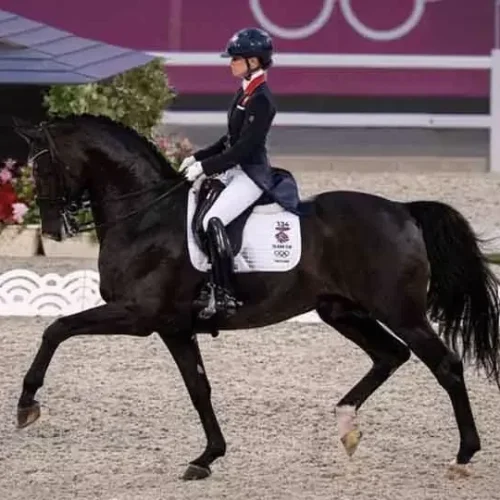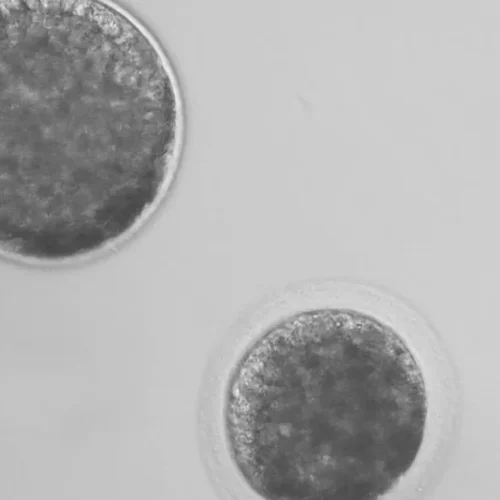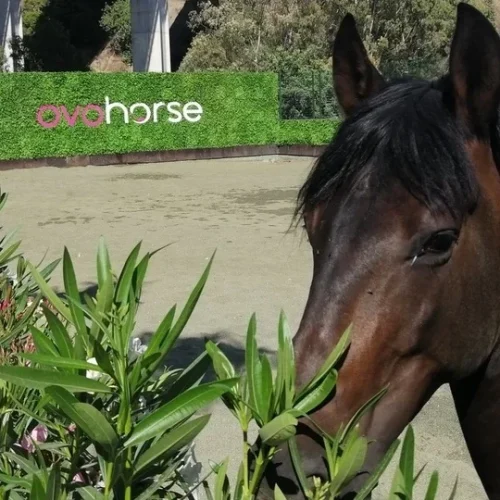The cloning of horses has sparked controversy and deep debates since 2003, when ‘Prometea’, the first cloned horse, was born. At Ovohorse & Ovoclone, we have been committed for years to technological and scientific advancement in this field, and we currently possess the most innovative techniques to safeguard the genetic legacy of animals. By preserving your horse’s cell line, you will be able to overcome future setbacks that would otherwise be irreversible.
2012 changed Olympic equestrian competition
Eight years after ‘Prometea’, equestrian sports changed forever: the International Equestrian Federation lifted the ban that prohibited clones from participating in the Olympic Games, which were held in London that year. “It’s an unfair advantage,” they previously claimed, but after continued analysis of cloned horses, they found the genetic information is practically 99.9% identical.
Although now allowed, no cloned horse has participated in the Olympic Games so far, though they have competed at similar levels, such as ‘Otterongo Alpha Z’, clone of the renowned ‘Otterongo van de Kopshoeve’. The clone has competed in and won 5-star Grand Prix events at 1.55 m height with his rider Christian Ahlmann, and is currently one of the top international show jumping horses.
Chellano Alpha Z
Chellano Alpha Z, clone of Chellano Z, was born in 2008. His owners aimed to replicate the excellence of the original horse, who excelled not only in 1.60 m show jumping competitions but also as a sire, with 35 approved stallions and many offspring competing at the highest levels. The clone has been less widely used for breeding, though he does have six approved sons and multiple offspring competing in ranking events, notably ‘Cosmos BH’ and ‘Chelsea Z’, both jumping at 1.60 m levels.
Unfortunately, Chellano Alpha Z died in 2011 due to colic, a common condition in the equine world.
Ratina Z and her clones
‘Ratina Z’, daughter of the legendary Ramiro Z and a direct daughter of Alme, has been one of the greatest mares in show jumping history. She was an Olympic medalist with Piet Raijmakers at the 1992 Barcelona Olympic Games, winning team gold and individual silver. Later, with Ludger Beerbaum, she returned to the Olympics in 1996 in Atlanta, again winning team gold and also individual gold. She also competed and won team gold at the 1994 World Equestrian Games. She was World Cup Champion in 1993, named Horse of the Year in 1997, among many other accolades. Due to her remarkable career, ‘Ratina Z’ had few offspring. Thus, she was cloned multiple times. The resulting clones—‘Ratina Alpha Z’, ‘Ratina Beta Z’, ‘Ratina Gamma Z’, and ‘Ratina Delta Z’—are mostly used for breeding. ‘Ratina Delta Z’ also competes internationally and is the latest clone of ‘Ratina Z’. Genetically and visually identical, their jumping style confirms it. Thanks to this, great descendants from this legendary show jumping mare continue to be born.
Cuartetera and her clones
Such cases also exist in polo, where Adolfo Cambiaso, one of the sport’s best players, demonstrated that the clones of ‘Cuartetera’—more than 20 in number—perform at the same level as the ‘original’ mare. ‘Clone 09’ stood out—polo players refer to clones by number—and matched the achievements of ‘Cuartetera’, who was the best horse at the Argentine Open in Palermo three times (2017, 2018, and 2020) with Cambiaso.
Tamarillo and his clones
Another example is ‘Tomatillo’, clone of the famous ‘Tamarillo’, a top eventing horse whose owner admitted that his behavior mirrored that of his predecessor. Thanks to Tamarillo’s successful competition career, the clone was used both in sport and breeding, making it possible to obtain descendants of the ‘original’ today.
The results of equine cloning are now visible in both competition and reproduction. Although this technique continues to evolve, at Ovohorse & Ovoclone, our main focus is animal welfare and scientific progress, so you too can have clones of your star horse in your stable.






